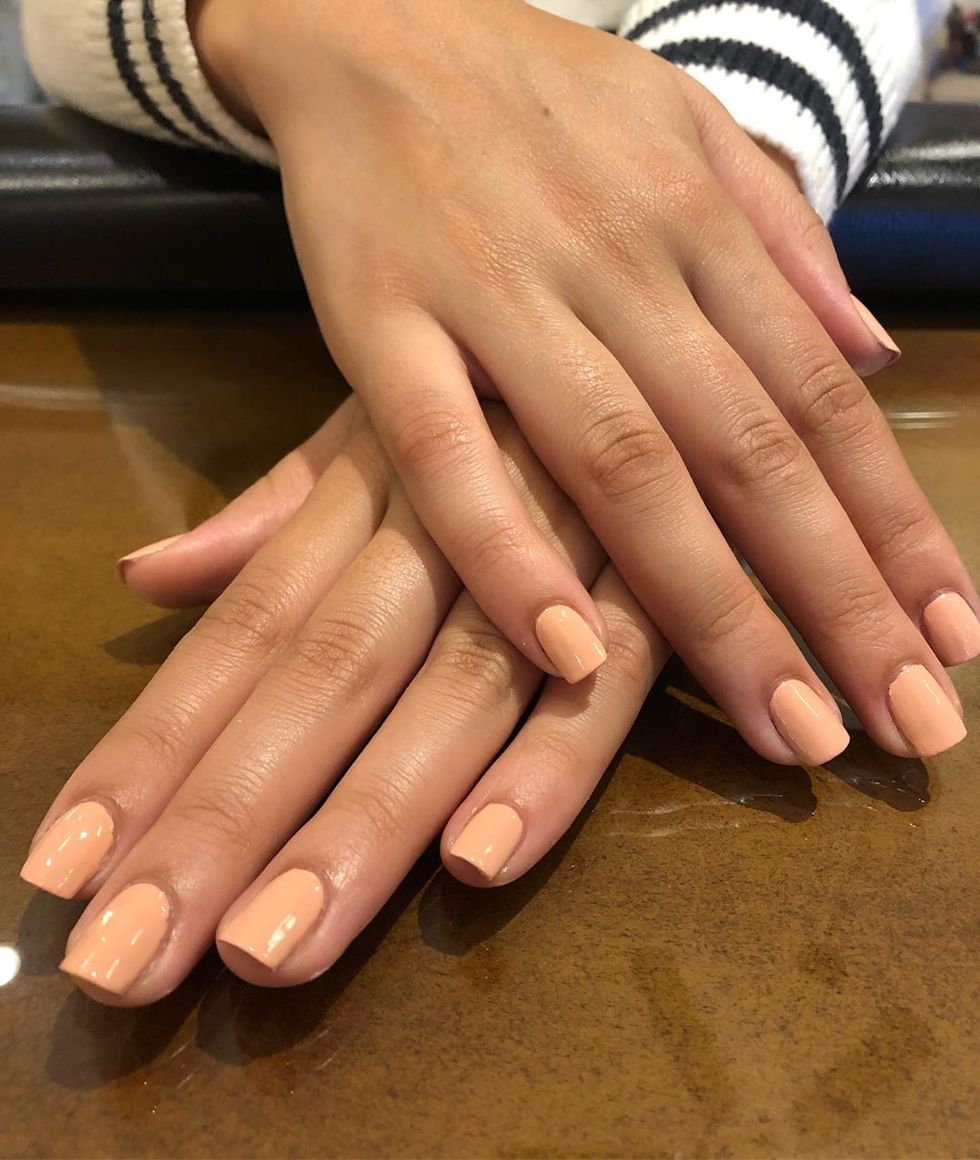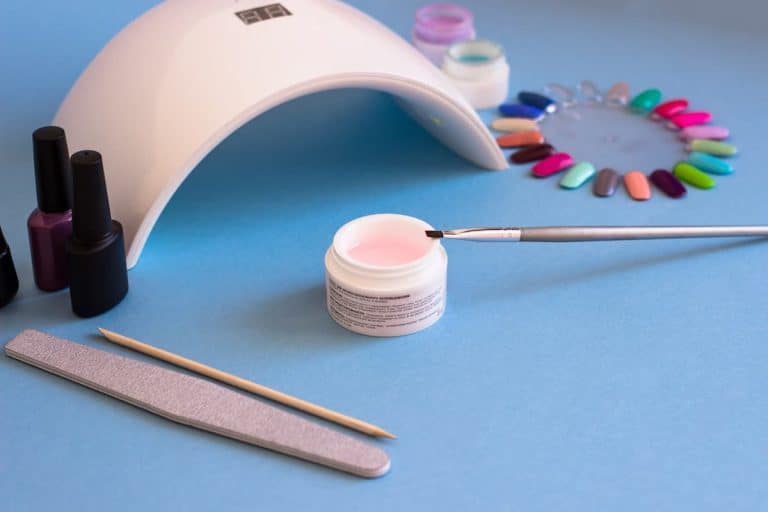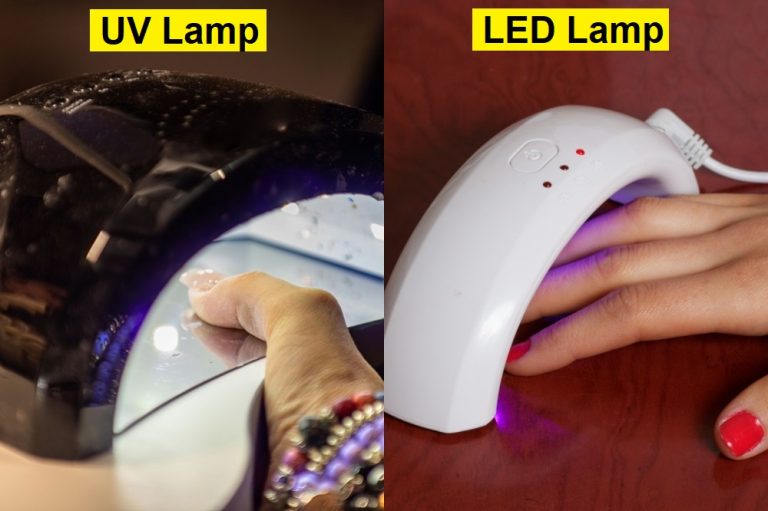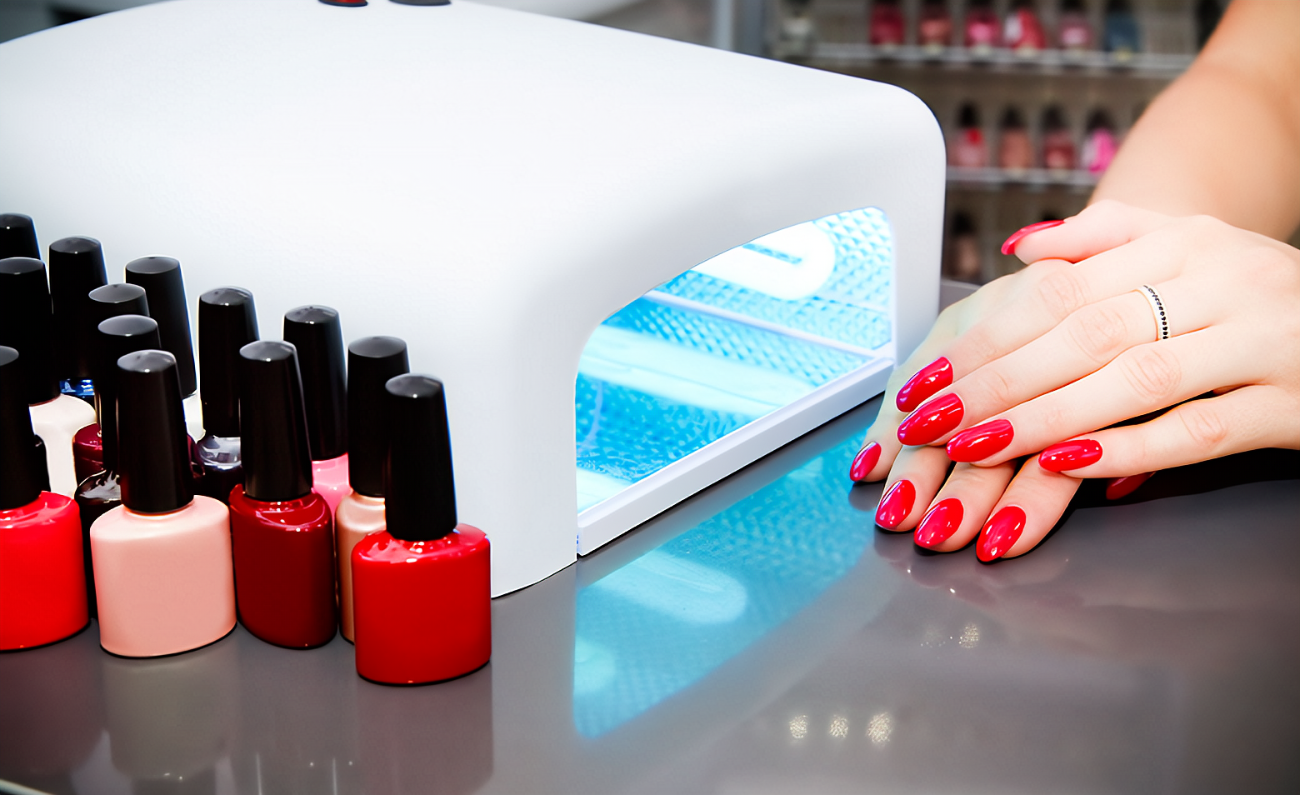French manicures are one of the most popular and elegant ways to decorate your nails. They originated in Paris in the 18th century, and have since become a staple of nail art around the world. The basic idea of a French manicure is to paint the tip of the nail white, and the base of the nail pink or clear, to enhance the natural look of the nail. However, there are many variations of this classic style, and you can customize your French manicure to suit your personality, occasion and season. In this article, we will introduce some of the different types of French manicures, and how to choose the best one for you. We will also discuss the benefits and drawbacks of this nail art technique, and how to maintain your nails healthy and beautiful.
What is a French manicure?
A French manicure is a type of nail art that originated in Paris in the 18th century. It was popularized by fashion models and celebrities in the 20th century, and has become a classic and elegant way to decorate your nails. The basic feature of a French manicure is to paint the tip of the nail white, and the base of the nail pink or clear, to enhance the natural look of the nail. The white tip is usually shaped in a curved or straight line, depending on the preference and the shape of the nail. The pink or clear base can be glossy or matte, depending on the desired effect. A French manicure can be done at home or at a salon, using regular nail polish, gel polish, or acrylic nails. A French manicure can also be combined with other nail art elements, such as glitter, stickers, jewels, or patterns, to create a more personalized and creative look.

What are the different types of French manicures?
French manicures are not limited to the classic white tips and pink base. There are many different types of French manicures that you can try, depending on your mood, preference, and occasion. Here are some of the most popular and creative French manicure styles, along with some examples and explanations.
- Classic French manicure: This is the original and most common type of French manicure, where the tips of the nails are painted white against a pinkish nude base color. The idea behind it is to enhance the natural look of the nails, but the style has evolved quite a bit over time. Nowadays, you can find French manicures in a variety of bold and unexpected color combinations.
- Arty French manicure: This type of French manicure allows you to express your artistic side by using different colors and shapes for the tips. You can also add some designs, such as polka dots, stripes, flowers, or logos, to make your nails more fun and unique.
- Reverse French manicure: This type of French manicure flips the classic style by painting the base of the nails white and the tips in a different color. You can choose any color you like, from pastels to metallics, to create a contrast and a modern twist.
- Matte French manicure: This type of French manicure adds a matte topcoat over the regular French tip to create a smooth and sleek finish. The matte effect can make your nails look more sophisticated and elegant, especially when paired with dark or neutral colors.
- Chrome French manicure: This type of French manicure uses a chrome polish or powder to create a shiny and reflective surface on the tips. The chrome effect can make your nails look more futuristic and glamorous, especially when paired with bright or metallic colors.
- Shadow French manicure: This type of French manicure creates an optical illusion on your nails by using a gradient of colors that give your nails a shadowy look. The shadow effect can make your nails look more dimensional and interesting, especially when paired with dark or contrasting colors.
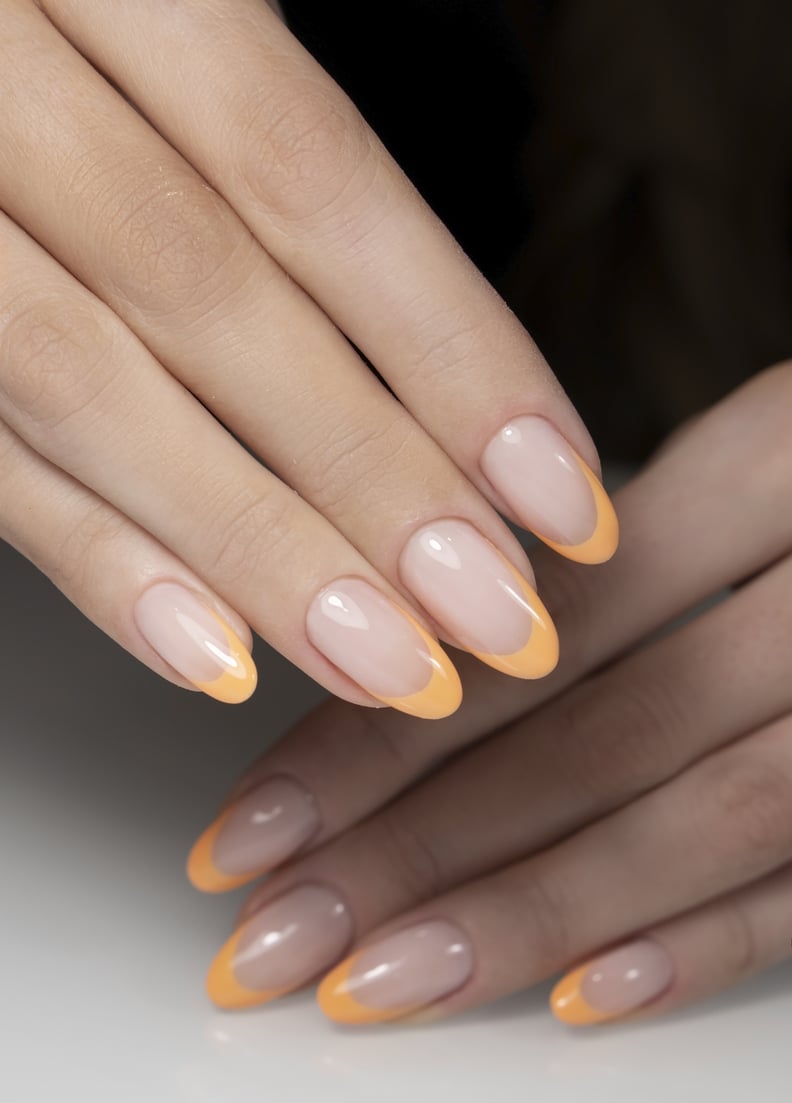
How to choose the best French manicure for yourself?
Choosing the best French manicure for yourself can be a fun and rewarding process, but it can also be a bit overwhelming with so many options and styles available. Here are some tips and suggestions to help you find the perfect French manicure for your personality, occasion and season.
- Consider your personal preference and style. What kind of colors, shapes and designs do you like? Do you prefer a simple and classic look, or a more creative and adventurous one? Do you want your nails to match your outfit, or to stand out and make a statement? There is no right or wrong answer, as long as you feel comfortable and confident with your choice.
- Consider the occasion and the season. Where and when are you going to wear your French manicure? Is it for a formal event, a casual outing, or a special occasion? Is it for spring, summer, autumn, or winter? Different types of French manicures may suit different situations and moods. For example, you may want to choose a more subtle and elegant French manicure for a wedding or a business meeting, and a more colorful and playful one for a party or a holiday. You may also want to choose a French manicure that reflects the season, such as using pastel colors for spring, bright colors for summer, warm colors for autumn, and cool colors for winter.
- Experiment with different options and combinations. One of the best ways to find your ideal French manicure is to try different options and combinations, and see what works best for you. You can use online tools, such as [this one], to preview how different French manicure styles would look on your nails. You can also visit a salon or a nail art studio, and ask for professional advice and recommendations. You can also mix and match different elements, such as colors, shapes, designs, and accessories, to create your own unique French manicure.
- Pay attention to your nail health and care. No matter what type of French manicure you choose, you should always take good care of your nails and keep them healthy and strong. You should avoid biting, picking, or peeling your nails, as this can damage them and cause infections. You should also moisturize your nails and cuticles regularly, and use a base coat and a top coat to protect your nails from chipping and cracking. You should also remove your nail polish gently and properly, and give your nails a break from time to time, to let them breathe and recover.

